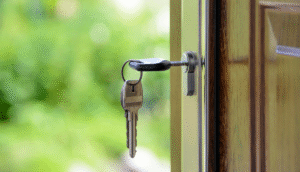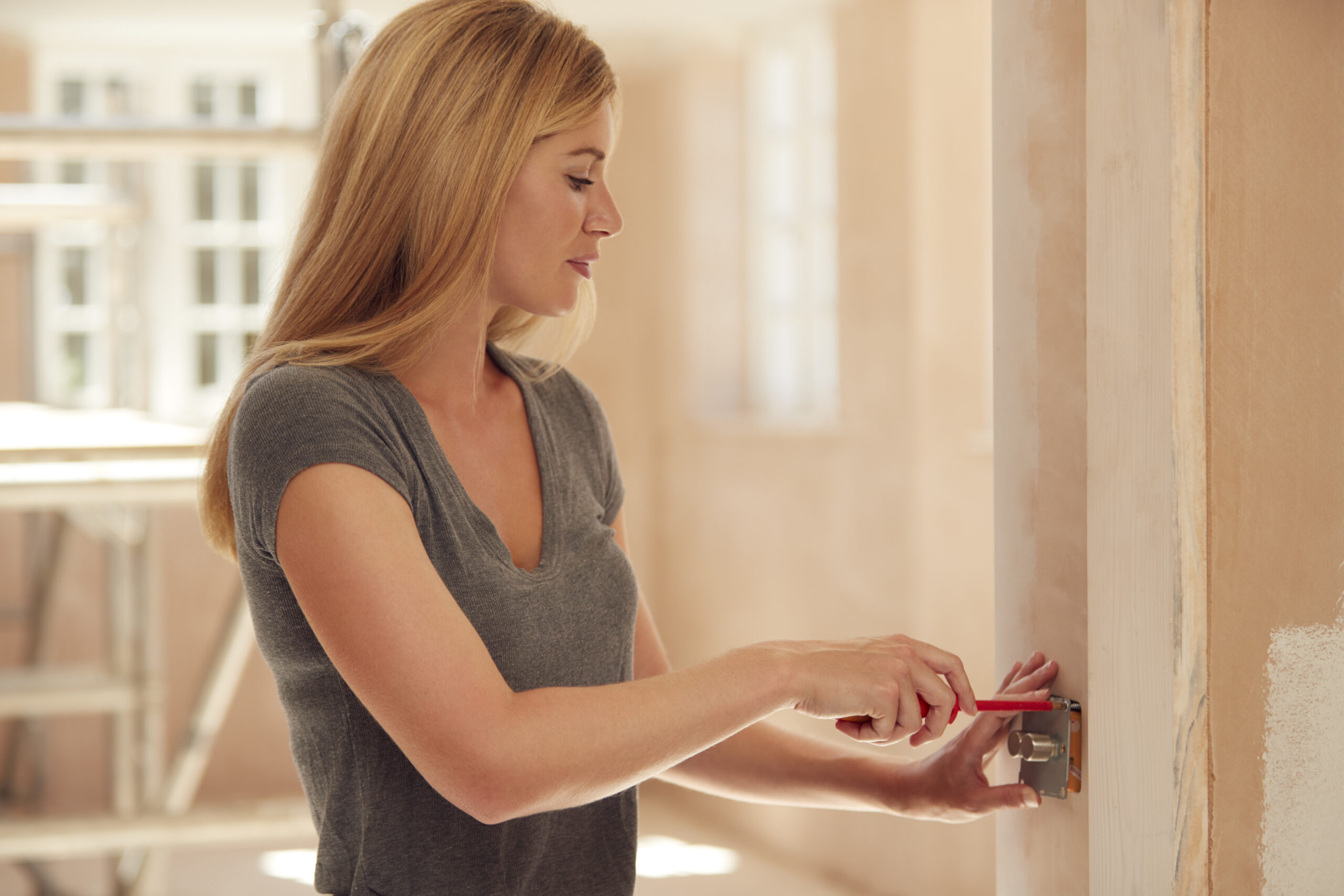
If you’re starting out as a landlord (or if you’re an experienced investor that needs a refresher), it’s important to understand the difference between what you are obliged to provide for your tenants and what you might do as an extra to improve the value of your property. You should also be across your tenants’ obligations to you.
On the flipside, if you’re a tenant, it’s great to know what you need to do to hold up your end of the lease agreement, but also what you are entitled to from your landlord.
First, let’s look at the difference between repairs, maintenance and improvements.
Repairs
Repairs are considered work completed to fix damage or deterioration of a property and restore something to its original state. The work is usually partial. One example would be repairing part of a fence by replacing two damaged palings. Or resealing an apartment balcony.
Maintenance
Maintenance is work that prevents damage or deterioration in the first place, or can fix current deterioration. This might be something as simple as painting your property as protection against the elements, or oiling your garage door to keep it running smoothly and prevent the mechanism from damage. Essentially, you are keeping something at its accepted functioning level by taking necessary actions at certain intervals.
Improvement
Finally, improvement is when you make something better than it was originally or add something in a new and more valuable or desirable form. Such things generally improve the property’s income production or expected life.
Something that starts as a repair can become an improvement when you go beyond simply restoring an item to its original function. For example, you might completely replace your kitchen cabinetry with something that modernises and improves the entire look of the kitchen.
Who is responsible?
As the owner of a place, the landlord is responsible for repairs. Tenants must notify their property managers about repairs that need undertaking and the manager will then contact the landlord to facilitate the necessary work. If a manager spots anything that needs attention during a routine inspection, they will then notify the landlord directly.
When it comes to maintenance, responsibilities are shared by landlord and tenant. Paint jobs, plumbing upkeep and so on are a landlord’s domain, while mowing lawns or any other regular maintenance that keeps a property at tenancy agreement standard are for the tenant to take care of.
Improvements are the responsibility of the landlord only. Tenants cannot start knocking out walls or installing feature fountains like they would if it was their own home.
Sometimes it’s confusing
Imagine you need to do some renovation work on a kitchen in one of your investment properties.
Put new splashback tiles in there and it’s considered an improvement. Meanwhile, replace a light fitting and that’s maintenance. Fix a crack in the wall and that’s a repair. There are grey areas everywhere when it comes to investors and rental properties, so it’s best to ask all the questions you need to and make sure you’re doing the right thing.
But who do I ask?
If you’re a landlord, or a tenant, you can get all the information you need from your property manager. Blink property managers are across all necessary laws and definitions and will be able to help you understand some of your rights and obligations that may not be clear.
Weapon of tax deduction
Come tax time, knowing the difference between repairs, maintenance and improvement can help investors maximise the deductions that may be at their disposal, while avoiding the penalties that come with getting it wrong.
Repairs, maintenance and improvements can all be claimed as tax deductions, but legal rules surrounding each are often updated, so best to check in with your accountant.
The other deduction you can claim is depreciation, but the rules are different for properties bought or built before or after certain cut off years. To get a depreciation schedule, it’s best to consult a qualified quantity surveyor to find out what deductions are available to you.
Related posts


Why Traditional Rental Management No Longer Works Today


